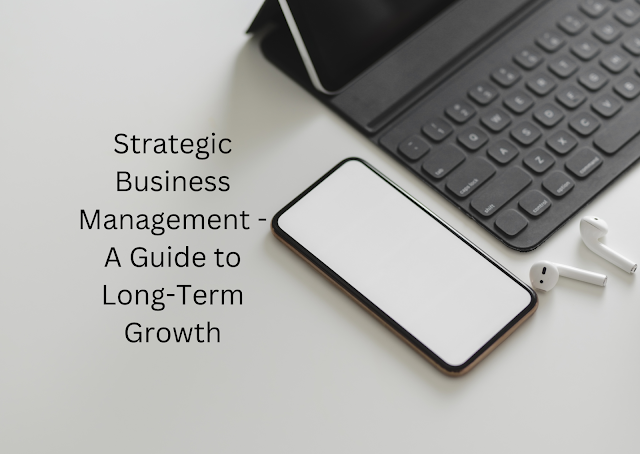Sanfilippo Paladino - From Manager to Leader - Developing Your Leadership Style

Transitioning from a manager to a leader is a significant evolution in one's career. While management focuses on processes, tasks, and systems, leadership goes beyond to inspire, motivate, and guide people toward a shared vision. Developing your leadership style is a journey that involves self-awareness, continuous learning, and a commitment to personal growth. In this blog post, we'll explore the key differences between managers and leaders, and provide actionable tips to help you develop your unique leadership style. The Difference Between Managers and Leaders Focus on Vision vs. Tasks : Managers : Primarily concerned with planning, organizing, and coordinating tasks to achieve specific goals. They ensure that daily operations run smoothly and efficiently. Leaders : Focus on the bigger picture, setting a vision for the future and inspiring others to work towards it. They motivate and guide their teams to achieve long-term objectives. ...





